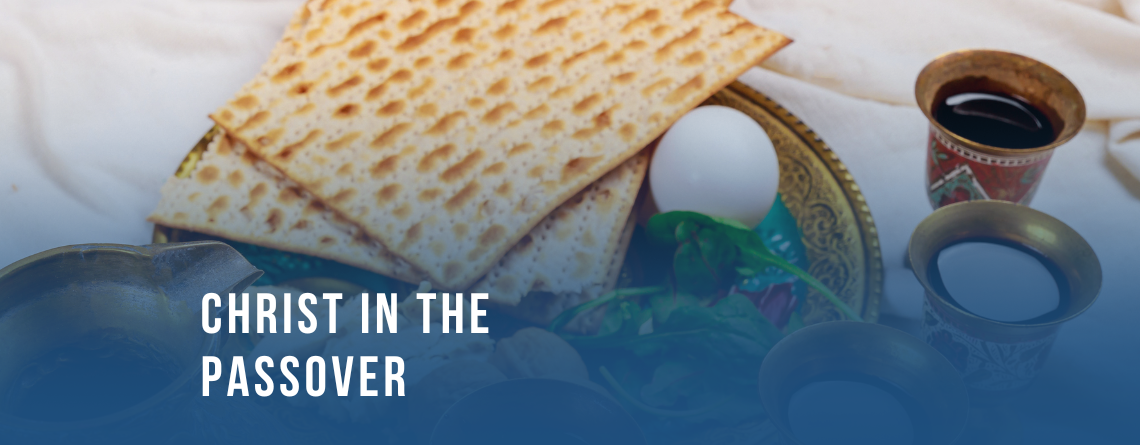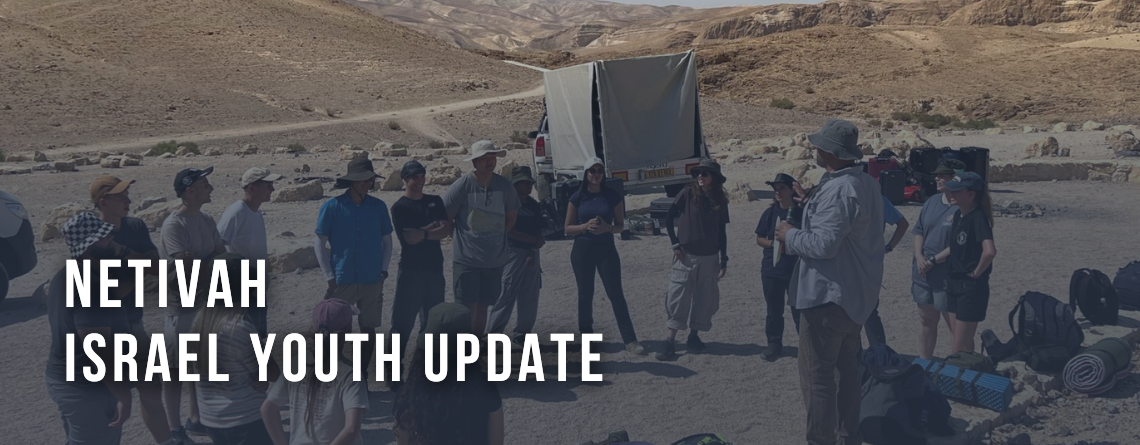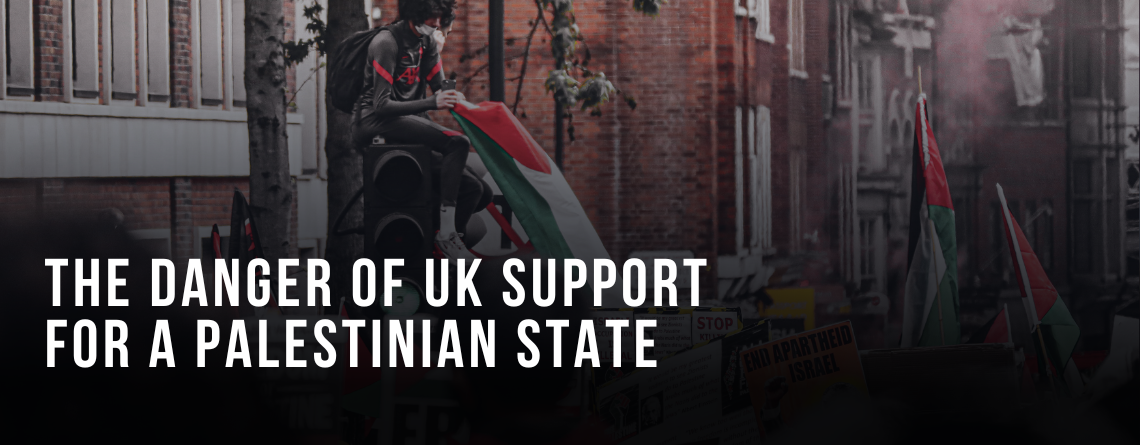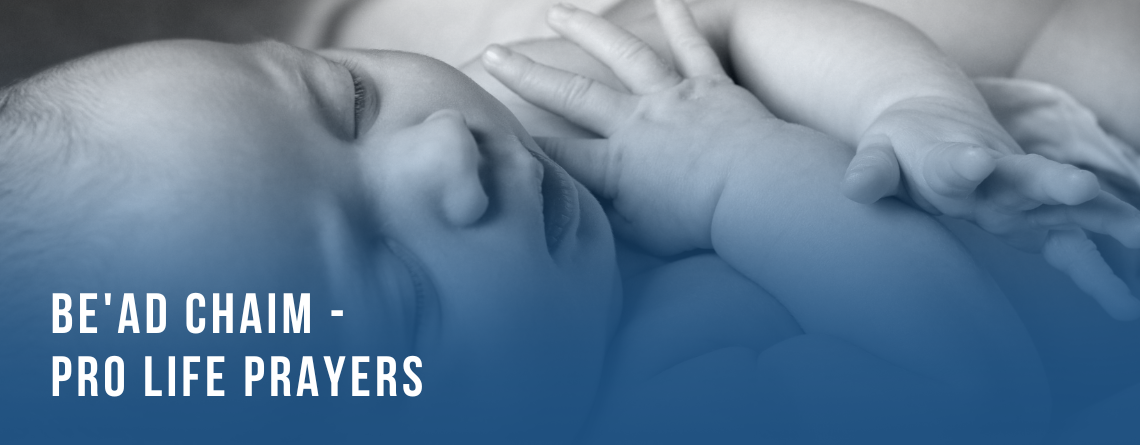The Passover is one of the most significant festivals in the Jewish calendar – rich with history and symbolism. Instituted by God in Exodus 12, the original Passover marked Israel’s deliverance from slavery in Egypt. But beyond the historical moment, the Passover holds profound prophetic meaning—fulfilled ultimately in the life, death, and resurrection of Jesus Christ.
The First Passover: A Shadow of What Was to Come
On the eve of their deliverance, each Israelite family was commanded to take a lamb—spotless and without blemish—and slaughter it at twilight. Its blood was to be painted on the doorposts of their homes so that when the angel of death passed through Egypt, he would “pass over” the houses marked by the blood (Exodus 12:13). This act of obedience, faith, and substitutionary protection became a perpetual reminder of God’s saving power.
But for those with eyes to see, the blood of the lamb was more than just a rescue from Pharaoh—it was a foreshadowing of the ultimate rescue from sin and death.
Jesus: The True Passover Lamb
When John the Baptist first saw Jesus, he proclaimed: “Behold, the Lamb of God who takes away the sin of the world!” (John 1:29). This title was not random—it was deeply tied to the Jewish understanding of the sacrificial lamb. Jesus, like the Passover lamb, was without blemish (sinless), and His blood would mark the way to salvation.
The apostle Paul makes this connection explicit: “For Christ, our Passover lamb, has been sacrificed” (1 Corinthians 5:7). Jesus was crucified during the Passover festival—a divine appointment that revealed the deeper meaning behind the feast. Just as the blood of the lamb saved the Israelites from judgment, the blood of Christ saves us from eternal separation from God.
The Seder Meal: Symbols of the Messiah
The traditional Jewish Passover meal (Seder) is filled with elements that point to Christ:
The Matzah (Unleavened Bread): Striped and pierced, it is broken and hidden—then brought back. This mirrors Jesus’ body, broken for us, pierced on the cross, buried, and resurrected.
The Cup of Redemption: One of four cups taken during the meal, this is the cup Jesus raised during the Last Supper, saying, “This cup is the new covenant in My blood” (Luke 22:20).
The Lamb: Though no longer eaten in many modern Seders (due to the absence of the temple), its historical place reminds us that salvation requires a sacrifice.
The Fulfilment in the Cross
At the heart of Passover is the message of deliverance. But while Israel was saved from Egypt, Christ offers deliverance from sin. The cross becomes our doorway – the wooden beams marked not with lamb’s blood, but with the very blood of the Son of God. When we place our faith in Him, God’s judgment passes over us, and we are brought into a new covenant of grace.
Every time we take Communion, we echo the Passover story – remembering the body broken and the blood poured out. And just as the Israelites celebrated their freedom, we too rejoice in our spiritual deliverance, awaiting the day when the final Passover will be fulfilled in the Kingdom of God (Luke 22:16).
🙏 Pray for the Jewish people this Passover – may their eyes be opened to their Messiah.
🙏 Pray for protection of those in Israel.
🙏 Pray that many will find true freedom through the blood of the Lamb.
Chag Sameach!
